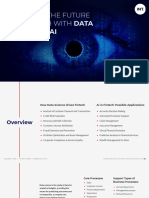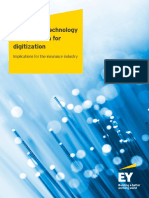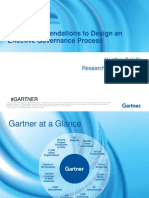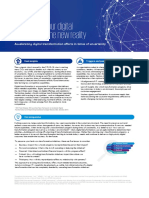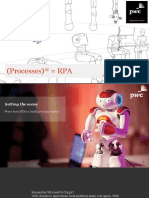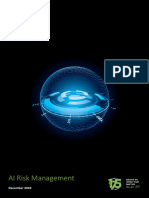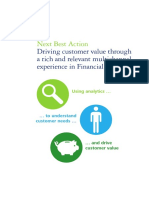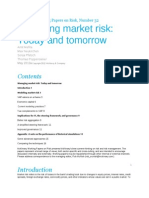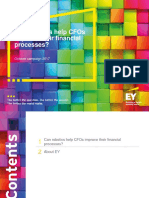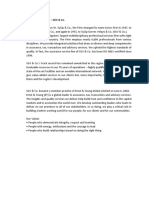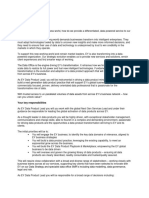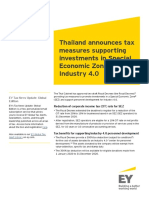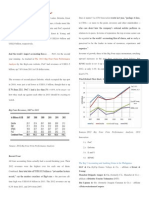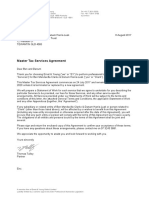100% found this document useful (1 vote)
502 views6 pagesEy Robotic Process Automation
The document discusses robotic process automation (RPA) which uses software 'robots' to automate repetitive tasks across business applications. RPA offers improved efficiency and accuracy by mimicking human actions. The document outlines the benefits of RPA and areas where RPA is being developed like finance, supply chain, HR and IT. It provides tips on preparing an organization for RPA implementation.
Uploaded by
BalaramCopyright
© © All Rights Reserved
We take content rights seriously. If you suspect this is your content, claim it here.
Available Formats
Download as PDF, TXT or read online on Scribd
100% found this document useful (1 vote)
502 views6 pagesEy Robotic Process Automation
The document discusses robotic process automation (RPA) which uses software 'robots' to automate repetitive tasks across business applications. RPA offers improved efficiency and accuracy by mimicking human actions. The document outlines the benefits of RPA and areas where RPA is being developed like finance, supply chain, HR and IT. It provides tips on preparing an organization for RPA implementation.
Uploaded by
BalaramCopyright
© © All Rights Reserved
We take content rights seriously. If you suspect this is your content, claim it here.
Available Formats
Download as PDF, TXT or read online on Scribd
/ 6



